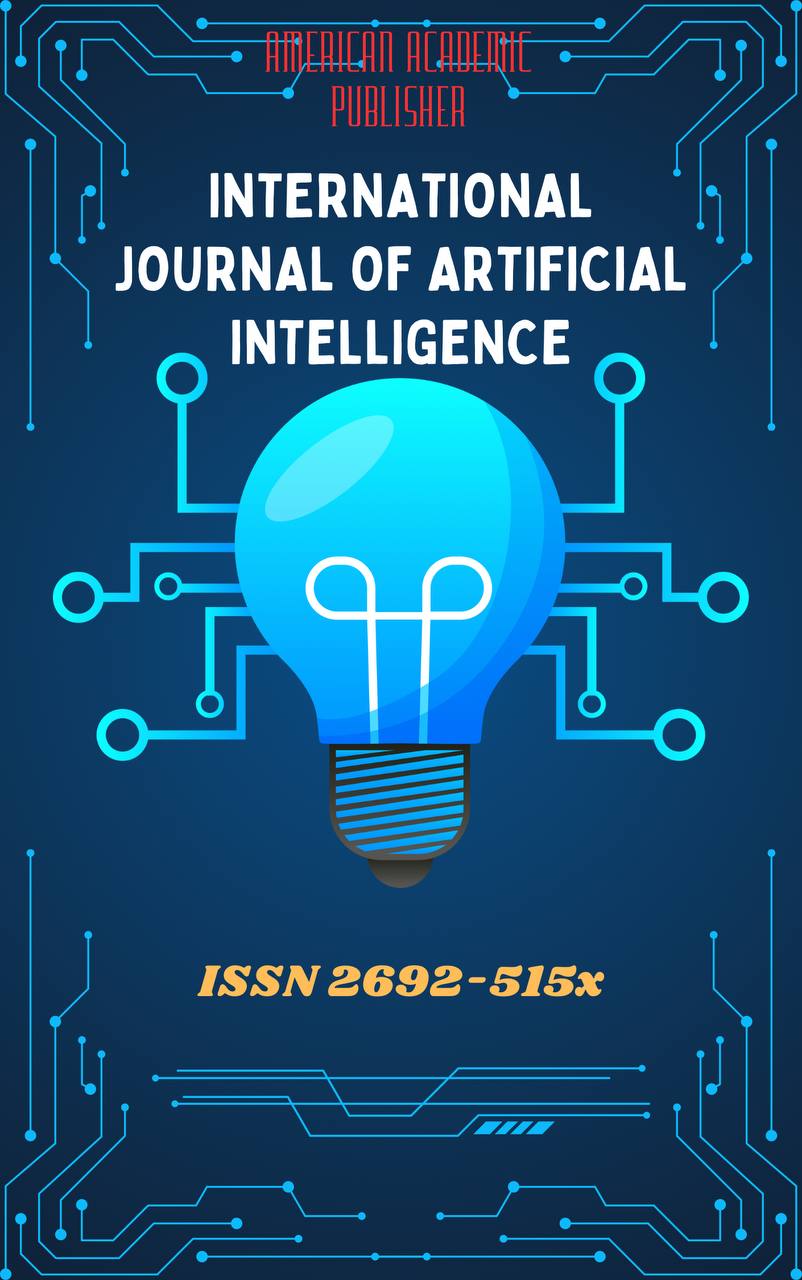 Articles
| Open Access |
Articles
| Open Access | PROTEOGLYCANS IN NORMAL PHYSIOLOGY AND CARCINOGENESIS
Yunusova Dilfuza Jamolidin kizi , Trainee Assistant of the Department of Normal Physiology, ADTIAbstract
The emergence and development of malignant tumors is associated with numerous disturbances in the physiology of the cell at both the genomic and protein levels and affects many macromolecules involved in various aspects of its vital activity. However, the growth of a malignant tumor and its metastasis are determined not only by the molecular characteristics of the tumor cell itself, but also by its interaction with the surrounding extracellular matrix (ECM) – an important and necessary part of any tissue. A huge role in this is played by complex protein-carbohydrate molecules of proteoglycans (PG), which are one of the main components of the ECM and are present on the surface of almost all cells, largely determining intercellular interactions and interactions of cells with the ECM.
Keywords
proteoglycan, heparan sulfate, glycosaminoglycan, extracellular matrix, chondroitin sulfate, intercellular interactions.
References
Iozzo R.V. Matrix proteoglycans: from molecular design to cellular function. Annu Rev Biochem 1998;67:609–52. DOI: 10.1146/ annurev.biochem67.1.609. PMID: 9759499.
Yu P., Pearson C.S., Geller H.M. Flexible roles for proteoglycan sulfation and receptor signaling. Trends Neurosci 2018;41(1):47–61. DOI: 10.1016/j.tins.2017.10.005. PMID: 29150096.
Lindahl U., Couchman J., Kimata K. et al. Proteoglycans and sulfated glycosaminoglycans. Essentials of glycobiology [Internet]. 3rd edn. Cold Spring Harbor (NY): Cold Spring Harbor Laboratory Press, 2015–2017. Chapter 17, 2017. PMID: 28876828.
Iozzo R.V., Schaefer L. Proteoglycan form and function: a comprehensive nomenclature of proteoglycans. Matrix Biol 2015;42:11–55. DOI: 10.1016/j.matbio.2015.02.003. PMID: 25701227.
Article Statistics
Downloads
Copyright License

This work is licensed under a Creative Commons Attribution 4.0 International License.

